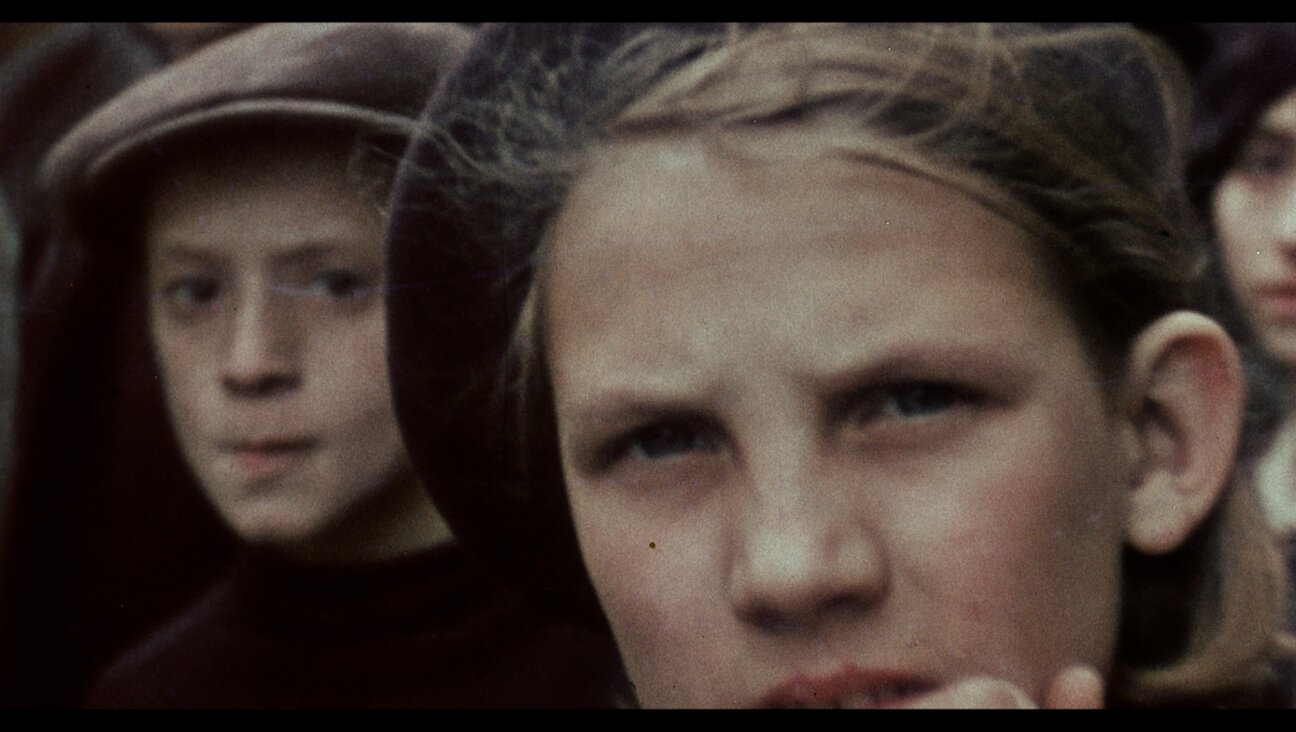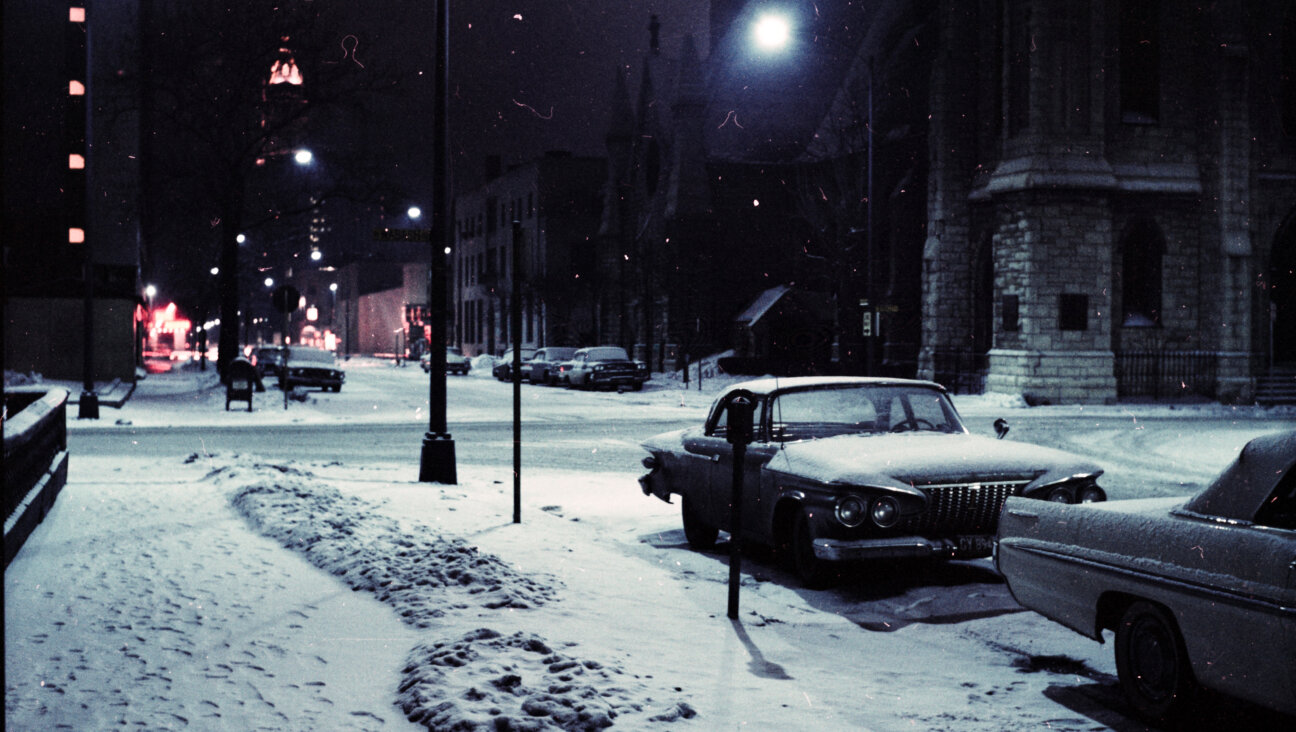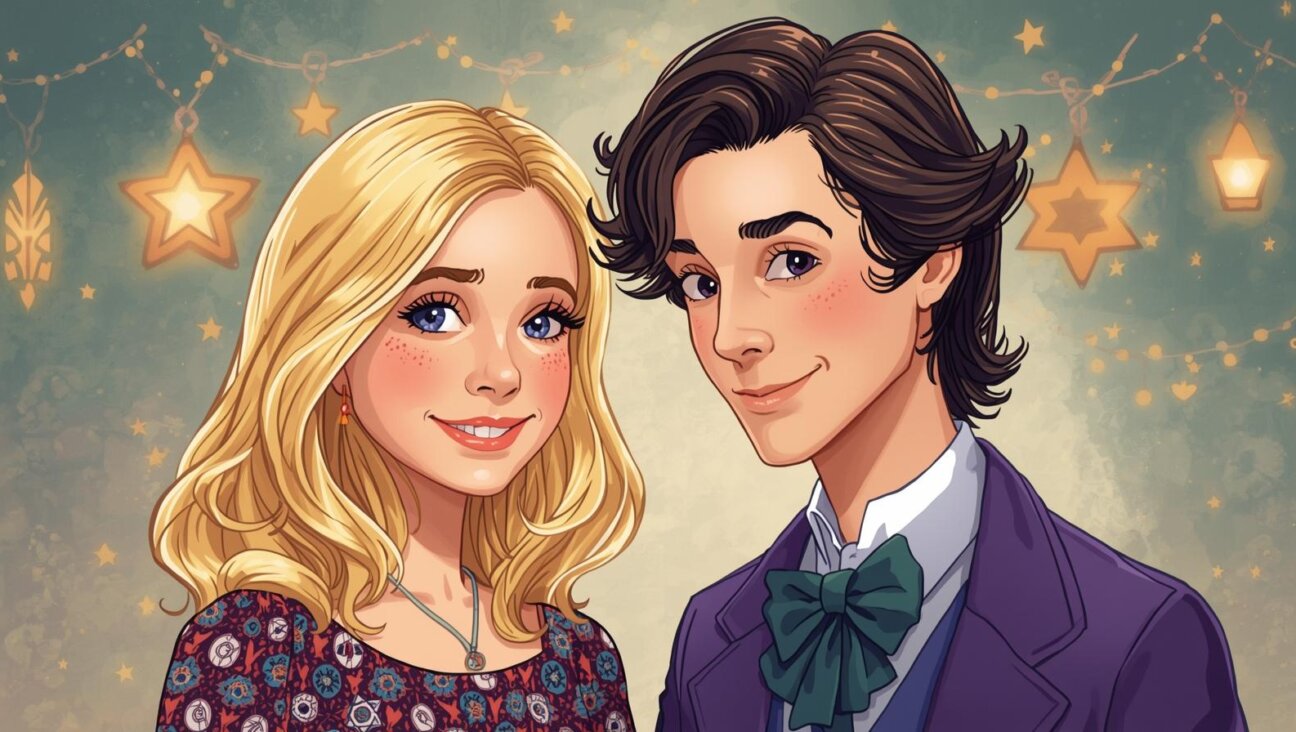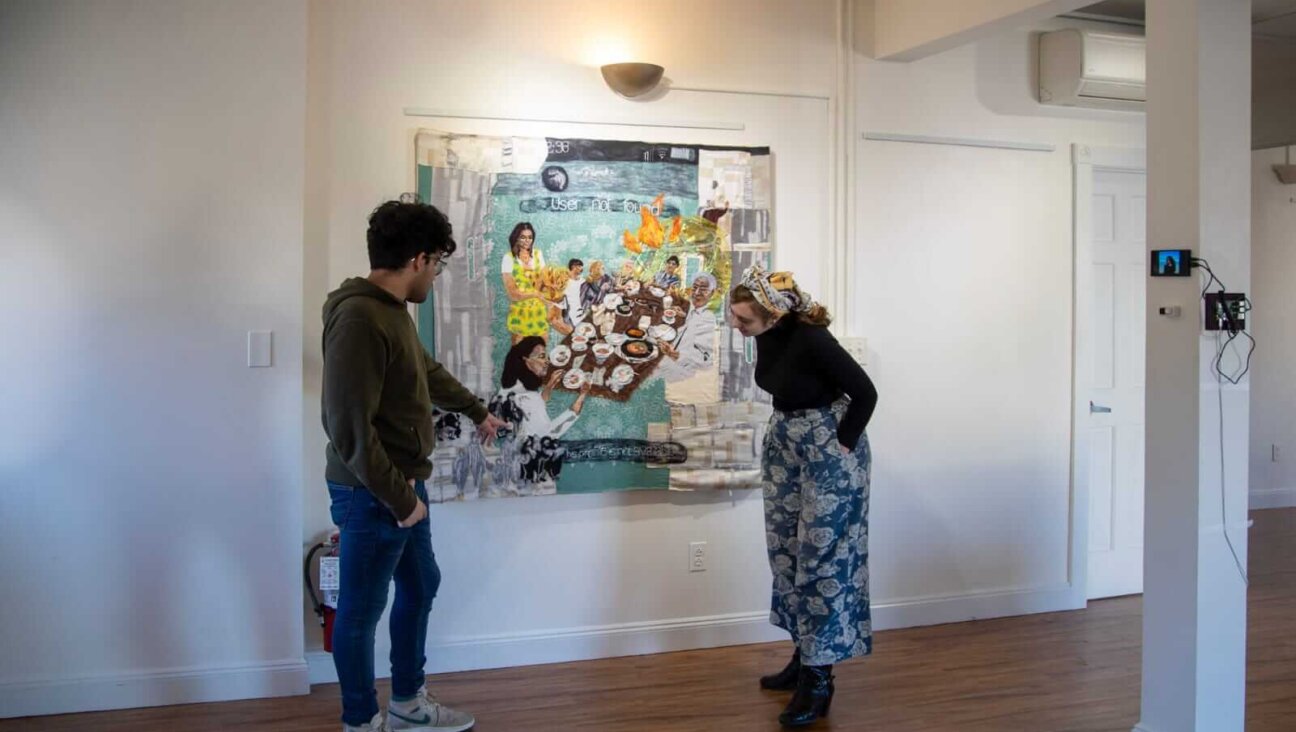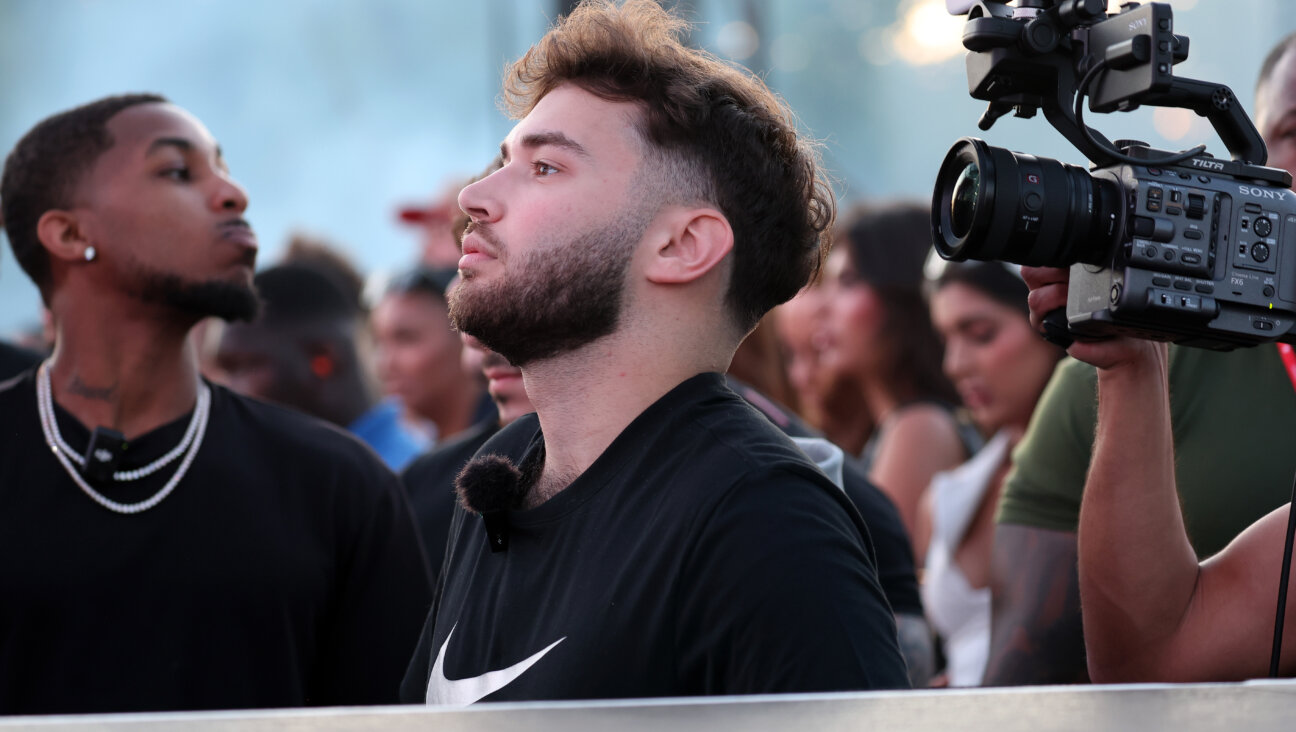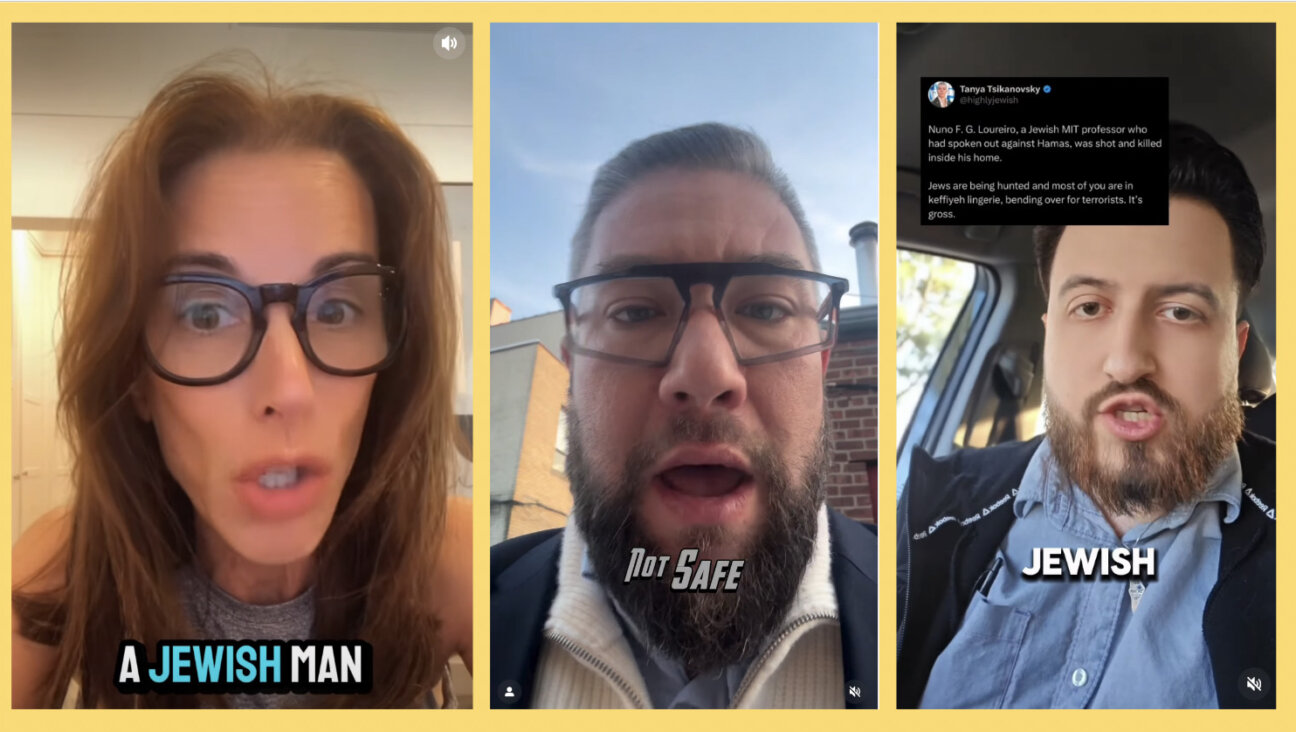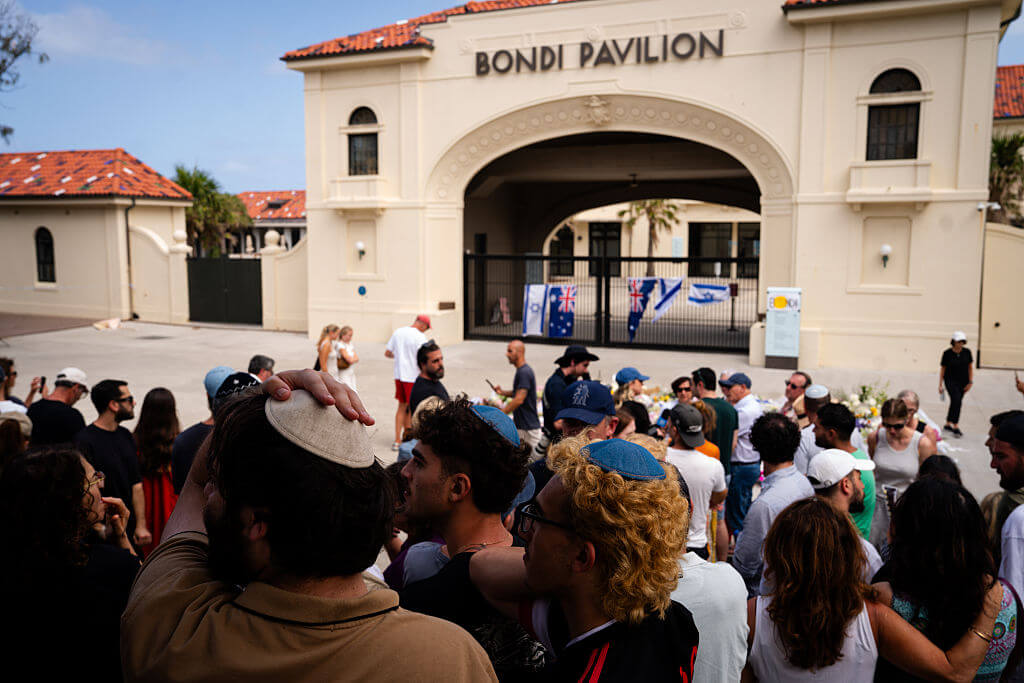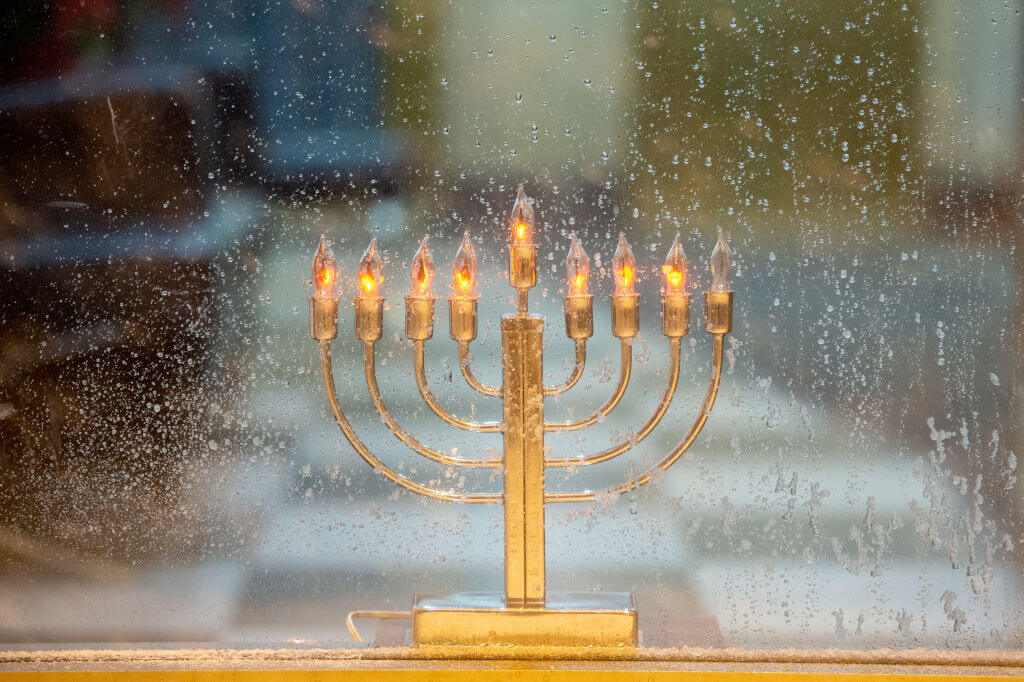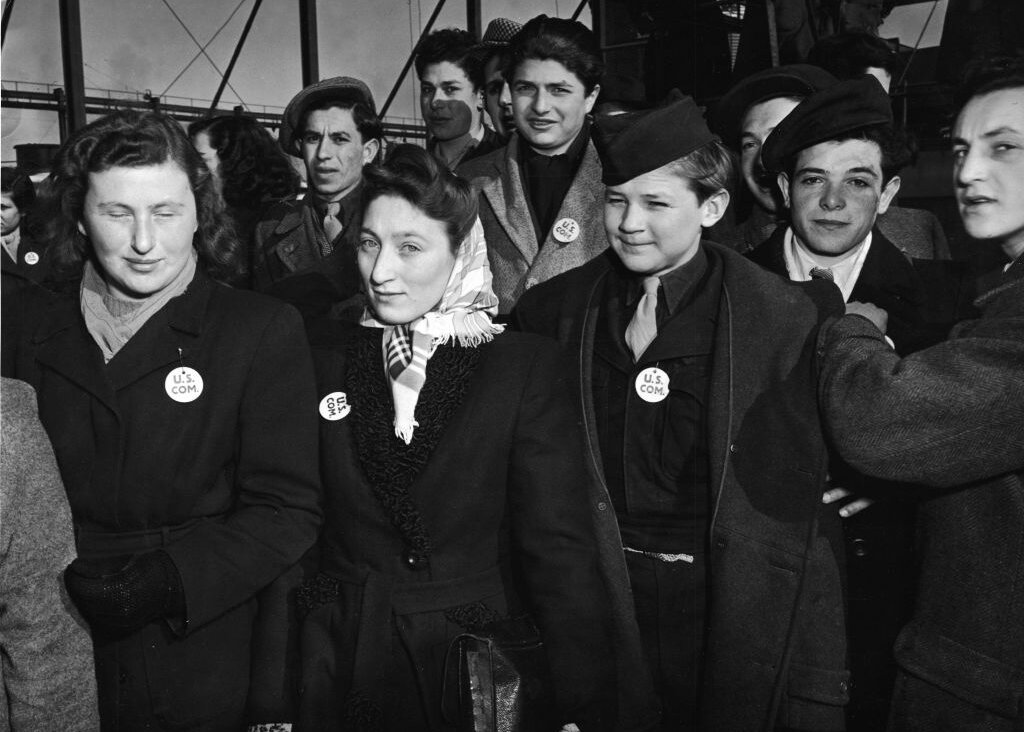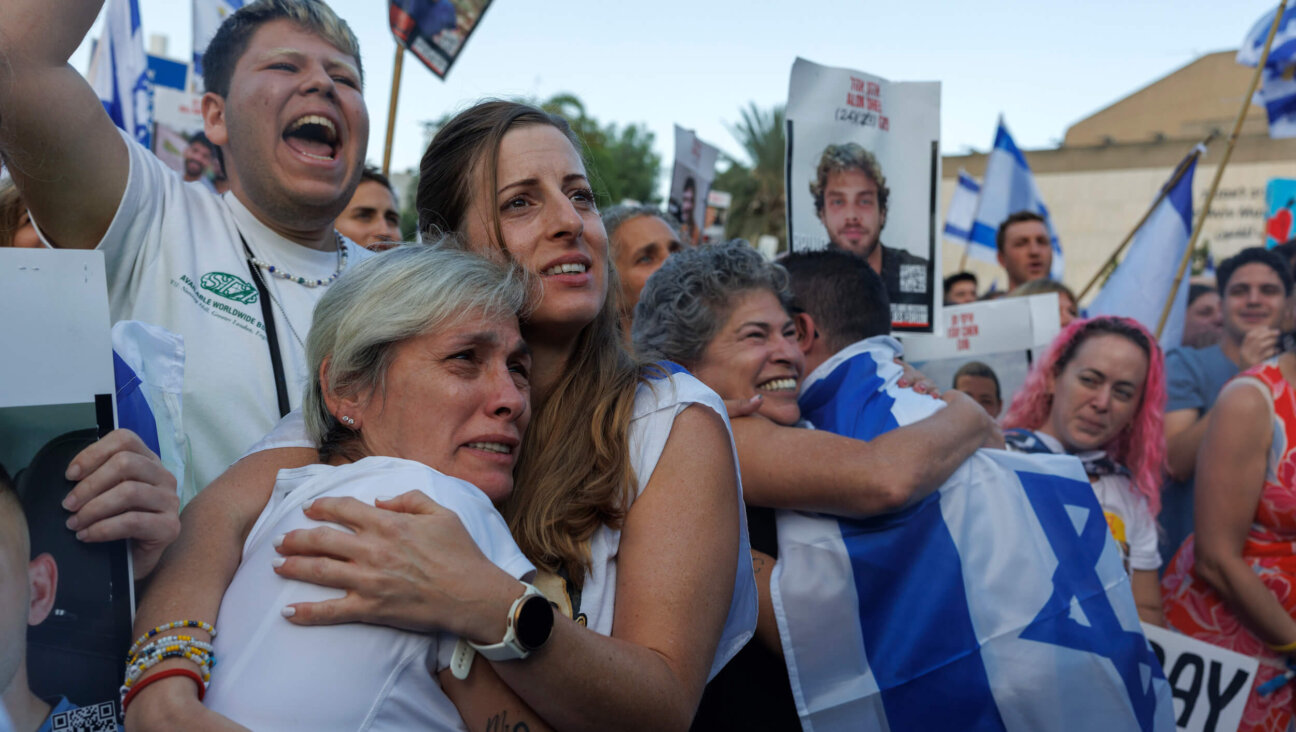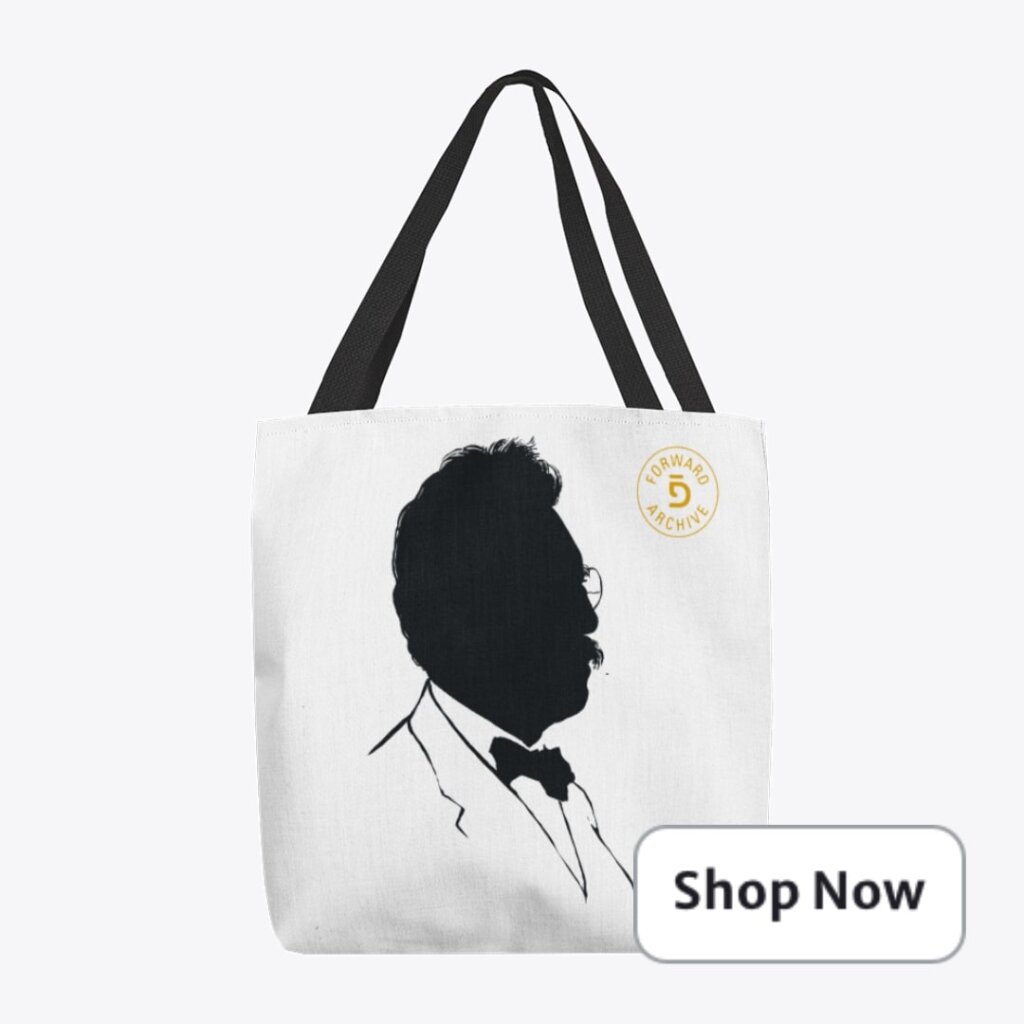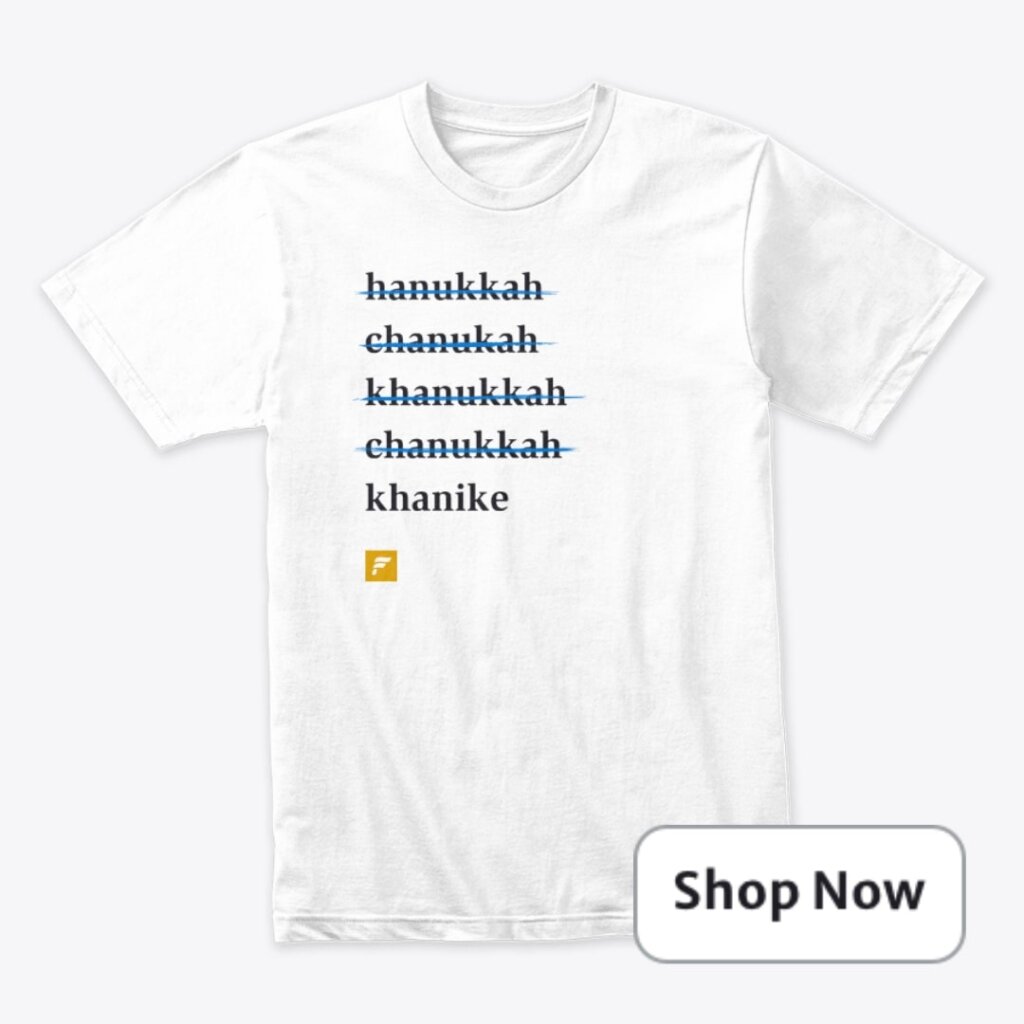Why the story of Noah’s Ark seems timelier than ever
Charlotte McConaghy’s ‘Wild Dark Shore’ is only the latest riff on a biblical tale of climate change
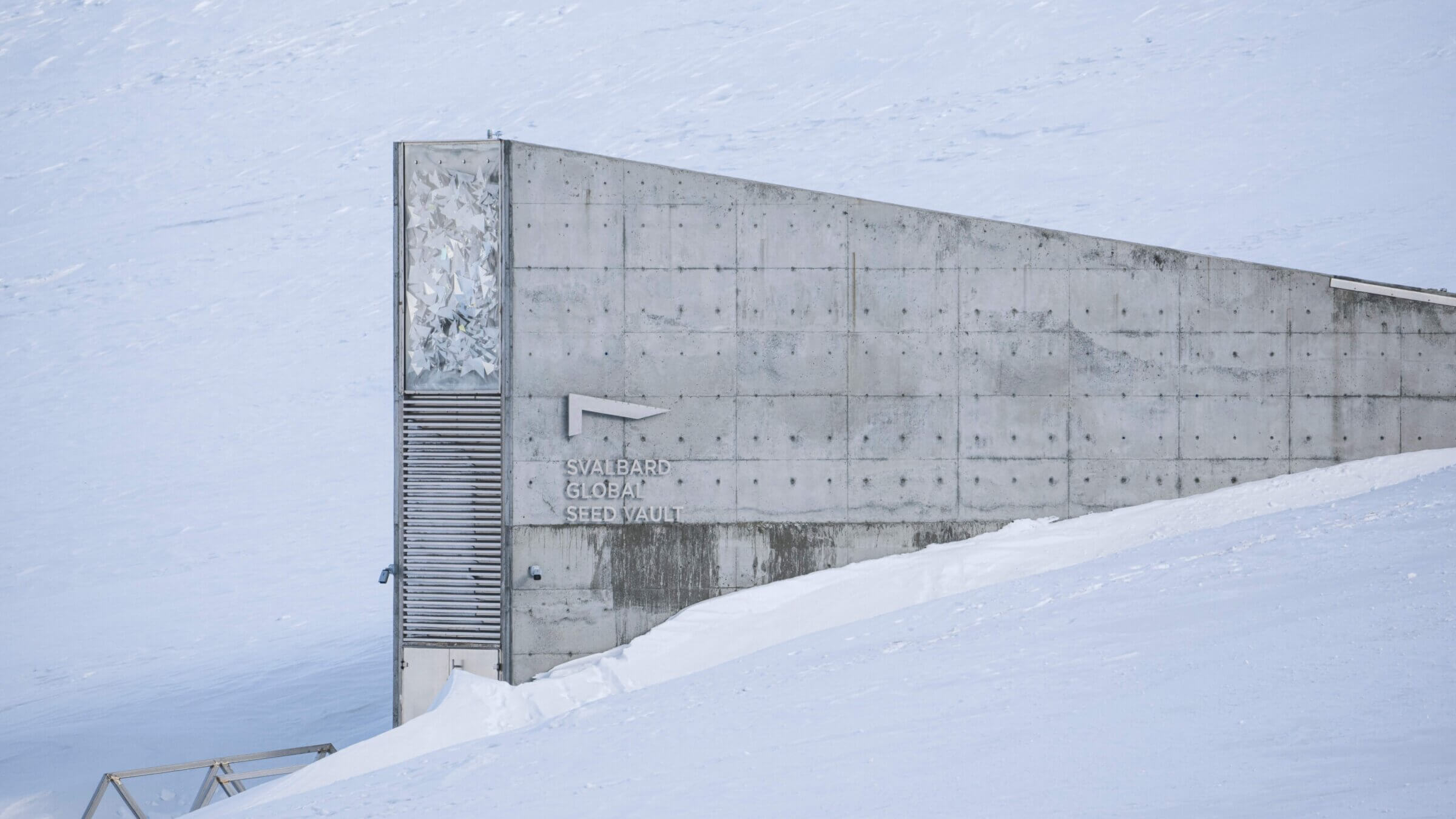
The climate thriller Wild Dark Shore was partly inspired by the Svalbard Global Seed Vault in the Svalbard Archipelago, northern Norway. Photo by Jonathan Nackstrand/AFP
Instead of going to therapy, a widower escapes his trauma by fleeing to an island halfway between Antarctica and Tasmania, where he’s supposed to be taking care of a broken seed vault meant to protect the global food supply against disaster. But various emotional and environmental twists get in the way of his success.
Published earlier this year, Charlotte McConaghy’s climate thriller Wild Dark Shore is the latest entrant in a genre that updates the Noah’s Ark story. It joins the Hulu series Paradise, set in an underground bunker in Colorado after a doomsday event, and the movie Interstellar, where astronauts bearing frozen embryos set off in search of a habitable planet. And then there’s Elon Musk’s plan to colonize Mars.
Wild Dark Shore is a little different, because the life forms that need to be protected from climate disaster are plants, not animals. “It was meant to outlast humanity,” McConaghy writes of the fictional Shearwater Global Seed Vault that her main character, Dom, has to protect, “to live on into the future in the event that people should one day need to regrow from scratch the food supply that sustains us.” In other words, a Noah’s Ark of seeds.
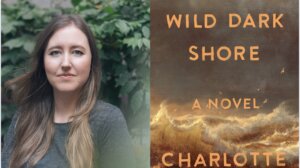
But one irony of climate change is that it threatens the very work humanity does to protect against it. The vault is supposed to remain frozen, but a storm damages its cooling system. Because of rising sea levels, the vault is being flooded, and even fewer seeds can be saved than Dom and the other characters once believed.
In the Noah’s Ark story, Noah can propagate every species, but individual people and animals left behind are drowned. In Wild Dark Shore, only some seeds can be rescued — however many as can be jammed into a small freezer — and part of the challenge is deciding which seeds to save and which ones to allow to go extinct.
Should they pick seeds based on their capacity to nourish the human species, like wheat? Dom’s youngest child has a soft spot for less consequential yet still cool seeds, like that of the wollemia nobilis, a (real-life) evergreen tree that was thought to have been extinct for millions of years then discovered in Australia in 1994.
The seed vault in the book is loosely based on the Svalbard Global Seed Vault in the Arctic Circle, whose tunnel flooded in 2016 due to melting permafrost, or frozen soil, during an extremely hot (for that part of the world) winter. (Thankfully, no seeds were lost.) The vault opened in 2008 and is owned and operated by the Norwegian government. With over 1.3 million seed samples, it’s the world’s largest facility of its kind.
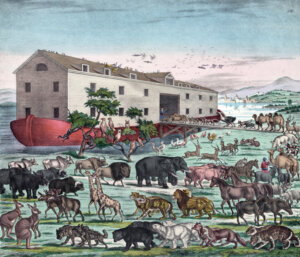
The mental gymnastics necessary to picture a world so radically different, so much worse, than one’s own, is part of what makes science fiction compelling. Mentally, most people struggle to fathom what scientists tell us about the changing climate. Environmental disaster seems too abstract, too far away, and too unpleasant to think about. Books and movies create a mental safe space where we can begin to see what’s at stake.
The Noah’s Ark story takes place long before anyone ever thought about carbon emissions, but it still offers a blueprint for science fiction. “Whether we want to or not, we keep retelling a version of that story every time we imagine what it’s like to survive disaster,” said Jeffrey Cohen, an English professor and the author of Noah’s Arkive, a series of essays analyzing the biblical story through the lens of modern times. “One of the things that the ark gifted the imagination forever with is a kind of self-contained survival-ship. Without the ark, we wouldn’t have spaceships.”
Without spoiling too much of Wild Dark Shore, I’d argue the best lesson climate thrillers offer is that we as a society are emotionally unsuited for the pressures doomsday could place on us. Our best bet is to avoid any situation where our species’ fate winds up in the hands of a traumatized widower, Elon Musk, or any other modern-day Noah — to create a future where everybody can be saved, because there is nothing to be saved from.
